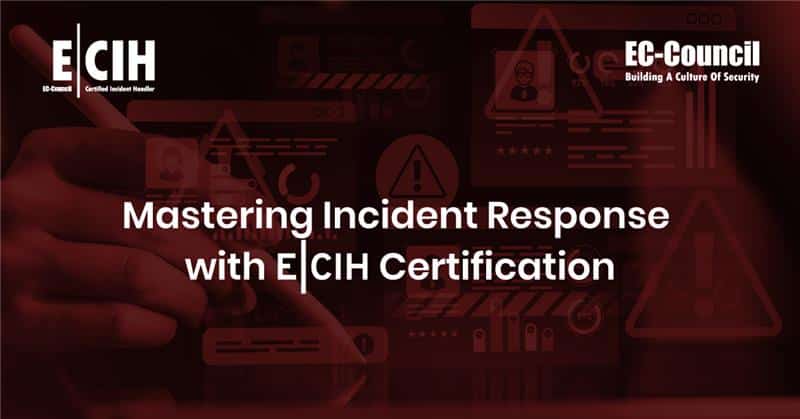Mastering Pentesting Skills Through CPENT’s Immersive Labs: An Interview with Chen Chu
Tell me about your experience preparing for and learning CPENT.
I spent nearly four months preparing for the exam, dedicating around 400 hours of study time. I completed almost all the practice modules in the lab environment. The labs were the most helpful part of my preparation, allowing me to apply what I had learned and gain practical experience.
How difficult was the CPENT certification for you, and what was the hardest part of the exam?
I learned the most from this segment through the hands-on labs.
Tell me three things that you really liked about the CPENT program.
Well, firstly, the emphasis on critical thinking and hands-on learning. Secondly, the comprehensive study material and engaging lab environments, which provided a wealth of learning resources. Finally, the labs were not only challenging but also motivating, which helped me stay focused and driven.
How was your lab experience in the program?
The labs taught me various techniques for privilege escalation, lateral movement between devices, and working with binary executables.
Did the CPENT credential benefit your career? If so, how?
Yes, the CPENT certification has positively impacted my cybersecurity career by deepening my understanding of penetration testing methodologies, tools, and techniques. It has improved my performance at work and even opened up opportunities for career advancement.
How would you compare the CPENT program with other programs?
In my opinion, CPENT stands out due to its focus on hands-on learning and the critical application of knowledge. It goes beyond just theory and really tests how you approach real-world scenarios.
What differences did you notice between CEH and CPENT in terms of skills and knowledge?
While both programs cover similar foundational topics, CPENT focuses more on hands-on practice and advanced problem-solving. CEH is more theory-based, whereas CPENT pushes you to apply your knowledge to complex, real-world environments.







